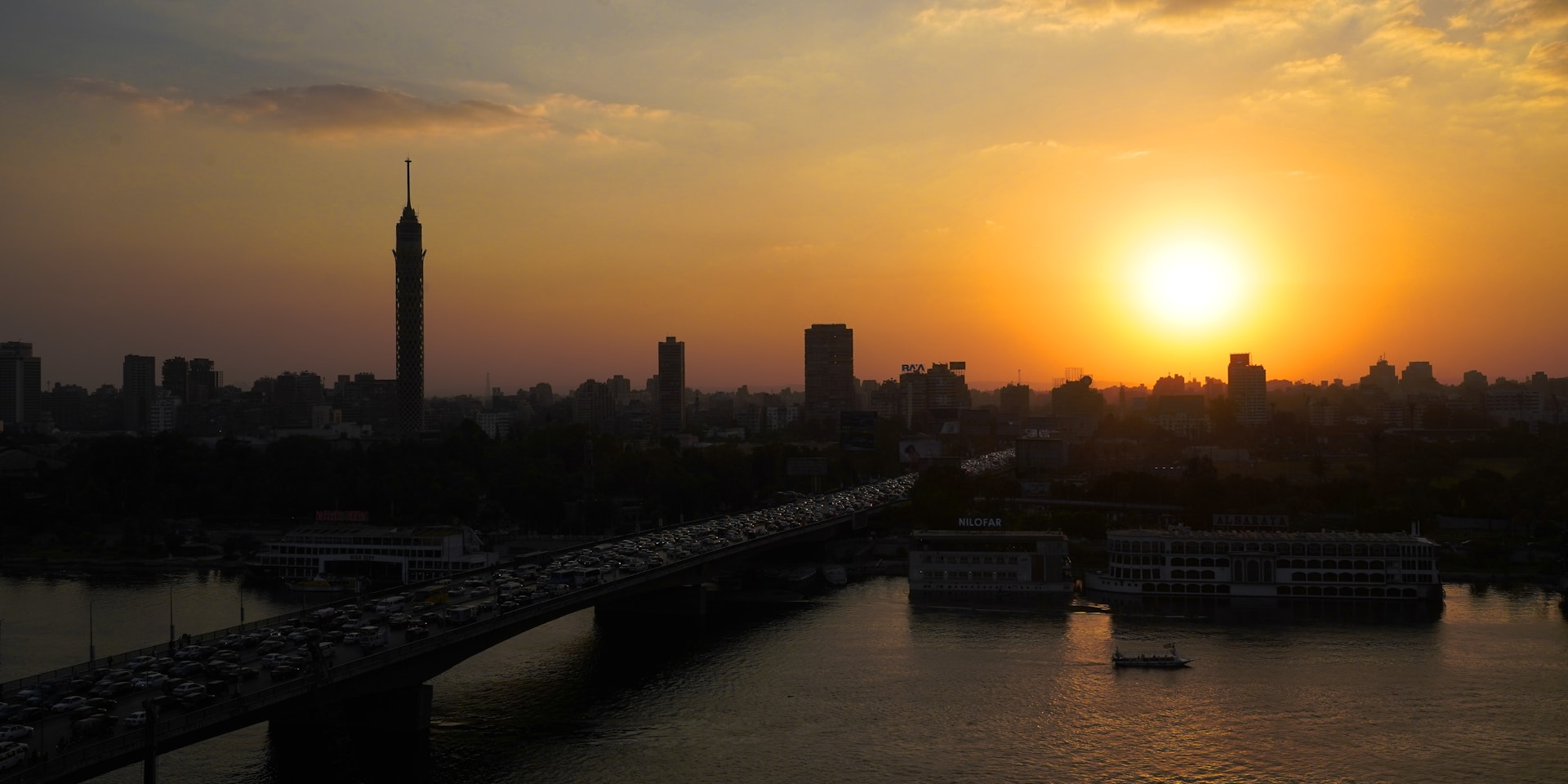Oct 31, 2024
By
How to build more livable cities for a livable planet

As we mark World Cities Day, we are reminded that livable cities are key to a livable planet.
For most of us, cities are our homes and workplaces. Today, nearly 60% of the world’s population lives in cities—a share that will rise to almost 70% by 2050. Cities are also a key driver of national growth and development, accounting for more than 80% of global GDP and almost 90% of private sector job creation.
However, cities are also a key source and target of the climate crisis, generating 70% of greenhouse gas emissions. The concentration of people, infrastructure and economic activity in cities also makes them particularly vulnerable to climate change and other natural hazards. Global average annual losses in the built environment from earthquakes, tsunamis, cyclones, flooding and other disasters were estimated at $314 billion in 2015 and are expected to increase to $415 billion by 2030.
How urbanization is managed will have long-lasting, irreversible impacts on the planet. That’s why—as we will highlight next week at the Twelfth Session of the World Urban Forum (WUF12) in Cairo, Egypt—a comprehensive and integrated approach is needed to address urban challenges like unemployment, infrastructure gaps and unaffordable housing in a low carbon, climate resilient manner.



